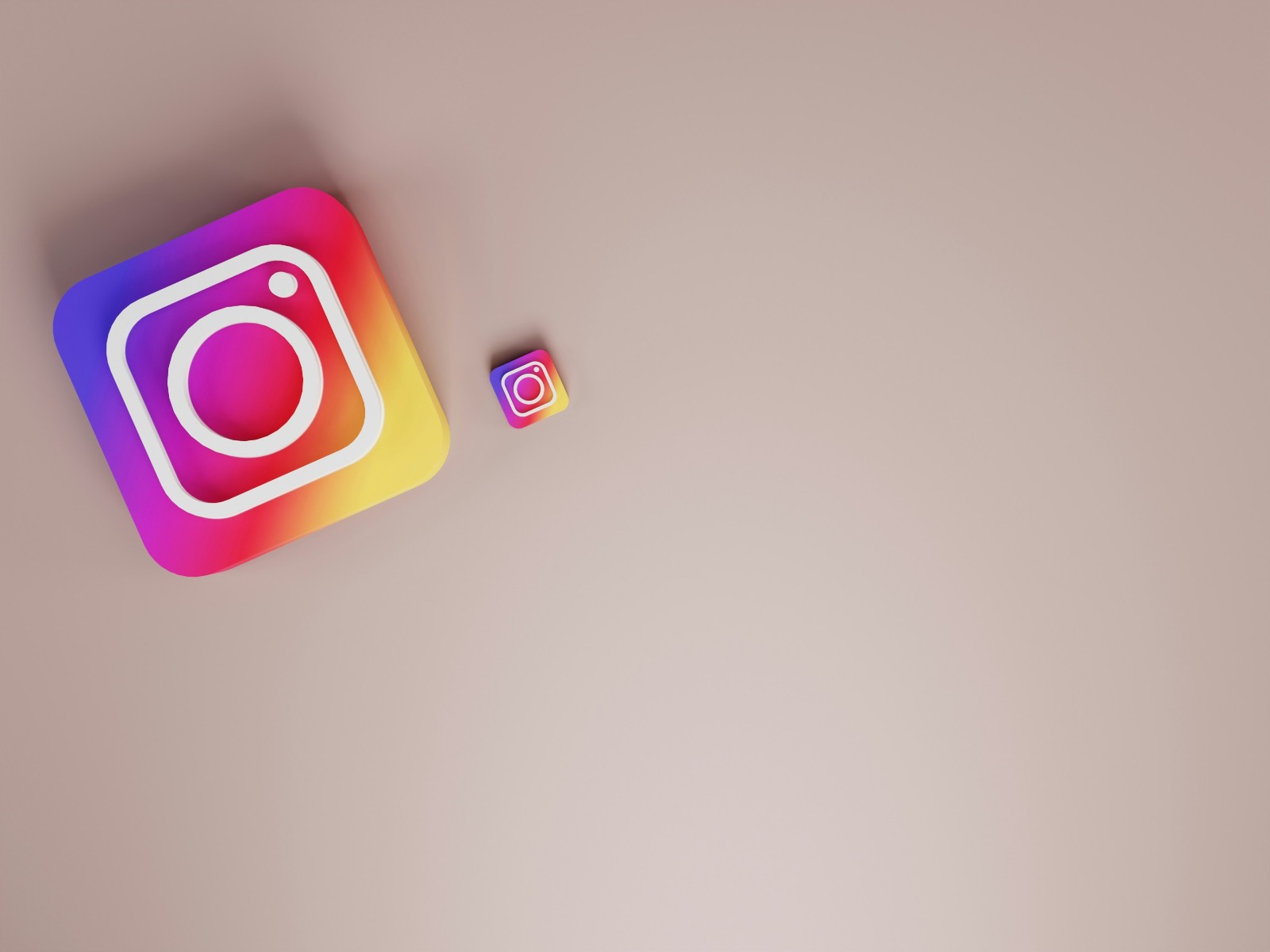How Dopamine Detox Can Reverse the Damage Caused by Social Media and Smartphones

In today's fast-paced digital world, social media and smartphones have become an inseparable part of our lives. While they offer convenience and entertainment, they also manipulate our brain’s dopamine system, making us addicted to instant gratification. This overexposure to dopamine hits can lead to anxiety, reduced motivation, and even depression.
A dopamine detox is a scientifically backed method that helps reset your brain’s reward system, allowing you to regain focus, productivity, and mental peace. In this blog, we’ll explore how social media and smartphones hijack dopamine, the signs you need a detox, and a step-by-step guide to resetting your brain for a healthier, happier life.
How Social Media & Smartphones Hijack Dopamine
Dopamine is a neurotransmitter that plays a crucial role in motivation, pleasure, and reward-seeking behavior. Every time you get a like, comment, or notification, your brain releases a small burst of dopamine, making you feel good. However, constant stimulation from social media and smartphones rewires your brain, making you addicted to these short-term rewards.
The Instant Gratification Loop
Social media and smartphone apps are designed to keep you engaged. Features like infinite scrolling, short-form videos, and notifications create a feedback loop that:
Increases dopamine dependency
Reduces your ability to focus on long-term goals
Makes real-life experiences feel less rewarding
The Negative Effects of Dopamine Overload
Decreased Attention Span – The constant flow of short, engaging content reduces your ability to concentrate on deep tasks like reading or problem-solving.
Reduced Motivation – Your brain gets used to quick dopamine hits, making real-world tasks feel dull and uninteresting.
Increased Anxiety & Depression – Studies suggest that excessive social media use can lead to higher stress, comparison anxiety, and low self-esteem.
Signs You Need a Dopamine Detox
If you experience any of the following, a dopamine detox might be necessary:
You check your phone first thing in the morning and last thing before bed.
You mindlessly scroll through social media, even when you don’t enjoy it.
You feel restless or anxious when your phone is away.
Your attention span has significantly decreased, making it hard to focus on deep work or conversations.
You struggle with motivation, feeling unproductive or bored in real-life activities.
Step-by-Step Dopamine Detox Plan
A dopamine detox involves temporarily avoiding high-dopamine activities to allow your brain to reset and regain sensitivity to natural rewards. Follow these steps for an effective detox:
1. Identify Your Dopamine Triggers
Make a list of activities that give you instant gratification, such as:
Social media (Instagram, TikTok, Twitter)
Watching short-form videos (Reels, YouTube Shorts)
Playing video games for hours
Constantly checking notifications
Binge-watching TV shows
2. Set Clear Boundaries
Start by limiting your access to high-dopamine activities:
Turn off notifications for social media and messaging apps.
Delete addictive apps or set time limits using screen time settings.
Use a grayscale screen to make your phone less visually appealing.
Keep your phone away during work, meals, and conversations.
3. Replace Dopamine Triggers with Healthy Alternatives
Instead of seeking dopamine from social media, engage in activities that naturally boost your dopamine levels:
Exercise – Physical activity releases dopamine naturally and improves mood.
Meditation & Deep Breathing – Helps rewire your brain and reduce stress.
Reading Books – Enhances focus, imagination, and deep thinking.
Spending Time in Nature – Walking outdoors helps improve mental clarity and reduces screen fatigue.
Creative Hobbies – Writing, painting, or playing music helps stimulate your brain in a productive way.
4. Gradually Reintroduce Digital Activities Mindfully
After detoxing, don’t return to old habits immediately. Instead, set healthy limits on your screen time:
Use social media intentionally – Instead of mindless scrolling, follow valuable content.
Schedule screen breaks – Use the Pomodoro technique to limit distractions.
Unfollow unnecessary accounts – Reduce content overload to make social media usage purposeful.
Scientific Backing & Real-Life Benefits
A dopamine detox isn’t just a trend—it’s backed by neuroscience. Studies show that excessive digital stimulation leads to dopamine desensitization, making real-world tasks feel less enjoyable. A structured detox helps reverse this damage by:
Improving focus and productivity
Boosting creativity and problem-solving skills
Enhancing real-world social interactions
Reducing stress, anxiety, and mental fatigue
Many people who have tried dopamine detoxing report feeling happier, more present, and more in control of their lives.
Conclusion
Social media and smartphones are powerful tools, but if overused, they can hijack our dopamine system, leading to addiction, stress, and decreased motivation. A dopamine detox helps reset your brain, allowing you to enjoy real-life experiences without being dependent on instant gratification.
Start small—reduce your screen time, engage in meaningful offline activities, and reclaim your focus and mental peace. Your brain will thank you!
Would you consider trying a dopamine detox? Share your thoughts in the comments below!
Asif Bc
Aspiring blogger in Kerala sharing insights on technology and mental health to inspire mindful living.



.jpg)
0 Comments